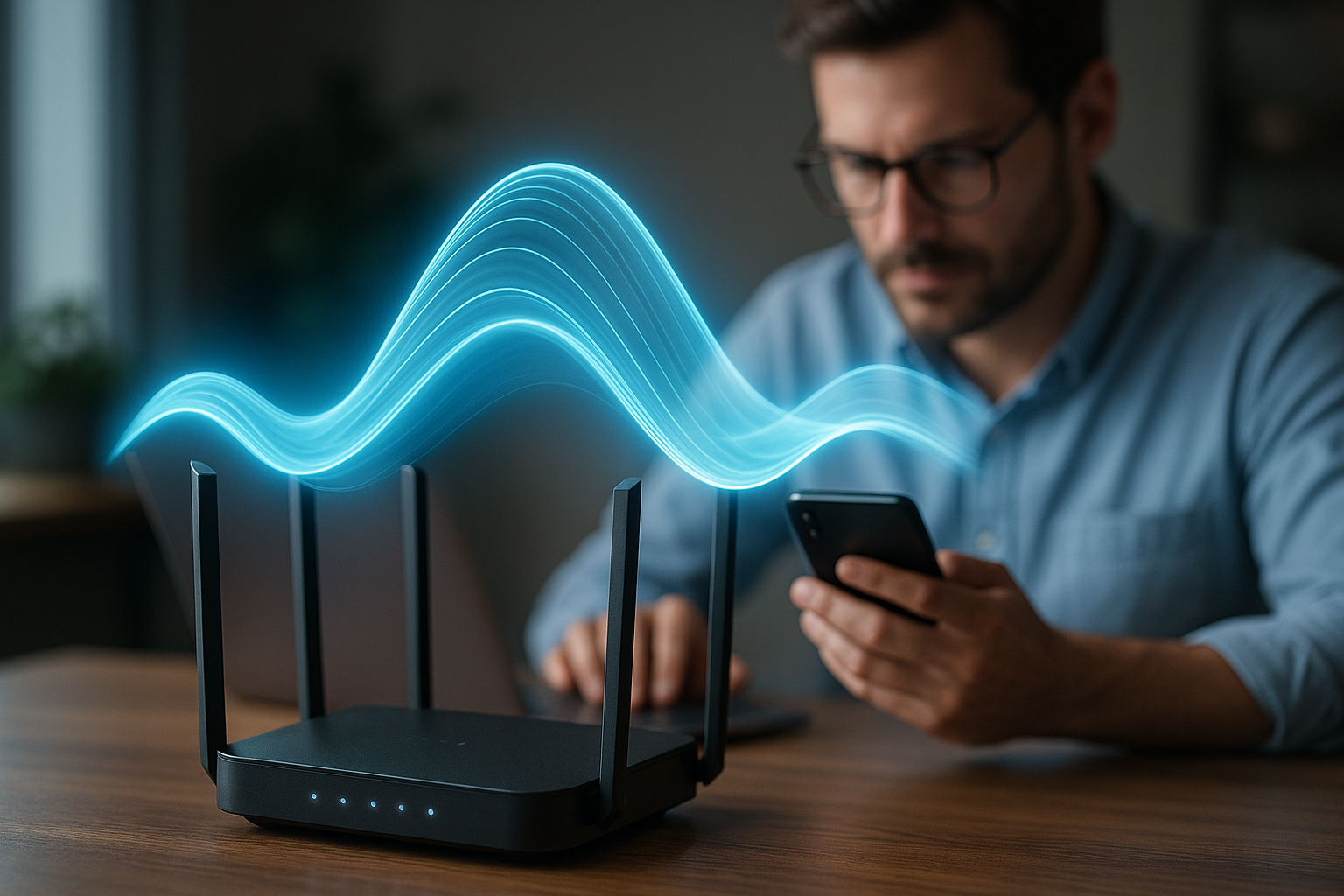Unveiling 5G Smartphones: The Future of Mobile Connectivity
The world of mobile technology has taken a giant leap forward with the introduction of 5G smartphones. Promising faster speeds, reduced latency, and a more seamless user experience, 5G technology is not just a step up from its predecessor, 4G; it's a monumental upgrade that is reshaping the way we connect and interact with the digital world. In this article, we’ll explore what exactly a 5G smartphone is, its benefits, how it works, and what you can expect from this cutting-edge technology.

What Makes a Smartphone 5G-Compatible?
A 5G smartphone contains specialized hardware components, including advanced modems and antennas, designed specifically to communicate with 5G networks. These devices feature dedicated 5G chips that enable them to process the higher frequencies used in 5G communication while maintaining compatibility with existing 4G networks. The integration of these components allows for seamless switching between network generations, ensuring consistent connectivity even in areas where 5G coverage is still developing.
How Does 5G Technology Transform Mobile Speed?
The most noticeable advantage of 5G smartphones is their remarkable speed capabilities. Faster downloads with 5G mean users can download entire movies in seconds rather than minutes. These devices can achieve theoretical peak speeds up to 20 gigabits per second, though real-world speeds typically range from 100-900 Mbps. This dramatic improvement enables new possibilities for streaming, gaming, and data-intensive applications.
What Benefits Does Ultra-Low Latency Bring?
Ultra-low latency is a game-changing feature of 5G smartphones, reducing response times to as little as 1 millisecond. This near-instantaneous communication enables real-time applications like cloud gaming, augmented reality experiences, and remote control of devices with unprecedented precision. The reduction in delay creates more responsive and immersive mobile experiences across all applications.
How Does 5G Enable Seamless Connectivity?
5G smartphones excel at maintaining stable connections even in crowded areas. Their advanced network architecture allows for more simultaneous connections per square kilometer, ensuring seamless connectivity during large events or in dense urban environments. This next-gen mobile tech also provides more reliable indoor coverage through improved signal penetration and network optimization.
What Innovation Does 5G Bring to Digital Interactions?
Redefining digital interactions, 5G smartphones enable new forms of mobile experiences. From holographic video calls to immersive virtual reality applications, these devices support technologies that were previously impractical on mobile networks. The enhanced bandwidth and processing capabilities allow for more sophisticated IoT integration and smart city applications.
Which 5G Smartphones Lead the Market?
| Model | Key Features | Estimated Price Range |
|---|---|---|
| iPhone 14 Pro | mmWave & Sub-6GHz, A16 Bionic | €1,099 - €1,499 |
| Samsung S23 Ultra | All-band 5G, Snapdragon 8 Gen 2 | €1,199 - €1,599 |
| Google Pixel 7 Pro | Dual-band 5G, Tensor G2 | €899 - €1,099 |
| OnePlus 11 | Global 5G bands, Snapdragon 8 Gen 2 | €799 - €999 |
Prices, rates, or cost estimates mentioned in this article are based on the latest available information but may change over time. Independent research is advised before making financial decisions.
The transition to 5G smartphones marks a significant milestone in mobile technology evolution. These devices not only deliver faster speeds and lower latency but also enable a new generation of applications and services that will reshape our digital experiences. As network infrastructure continues to expand, 5G smartphones will become increasingly essential tools for both personal and professional use, cementing their position as the standard for mobile connectivity in the years to come.




